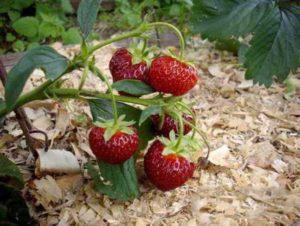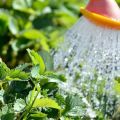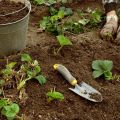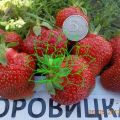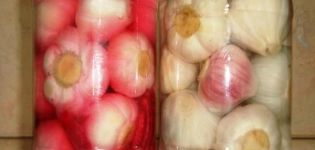How to grow strawberries from seeds for seedlings at home
Usually, strawberries are propagated by seedling, purchasing them in a garden center or planting your own. Experienced gardeners have long learned how to breed it with seeds. How to properly grow strawberries from seeds for strong, healthy seedlings? More on this later.
Advantages and disadvantages
At first, it will seem to a beginner that propagating strawberries by seeds is a difficult task. But, having gained experience, the gardener will understand that this method has more positive aspects than negative ones. The advantages include the following points:
- the ability to grow a large number of seedlings;
- low cost of seed;
- the ability to choose any variety you like;
- absence of diseases (with proper cultivation of seedlings).
The disadvantages include:
- the inability to propagate hybrid varieties grown by the seedling method on your site;
- the complexity of the method.
Having mastered the technology of growing strawberries with seeds at home, the gardener will no longer be able to refuse this method of plant propagation.
Which varieties to choose
Strawberries vary in size, taste, and ripening times. When choosing a variety for growing, the gardener focuses on these qualities, as well as on its resistance to pests and diseases. Most popular varieties:
- Sarian F1;
- Queen Elizabeth;
- Gigantella;
- Regina;
- Masha;
- Marshmallow;
- Diamond;
- Moscow delicacy F1.
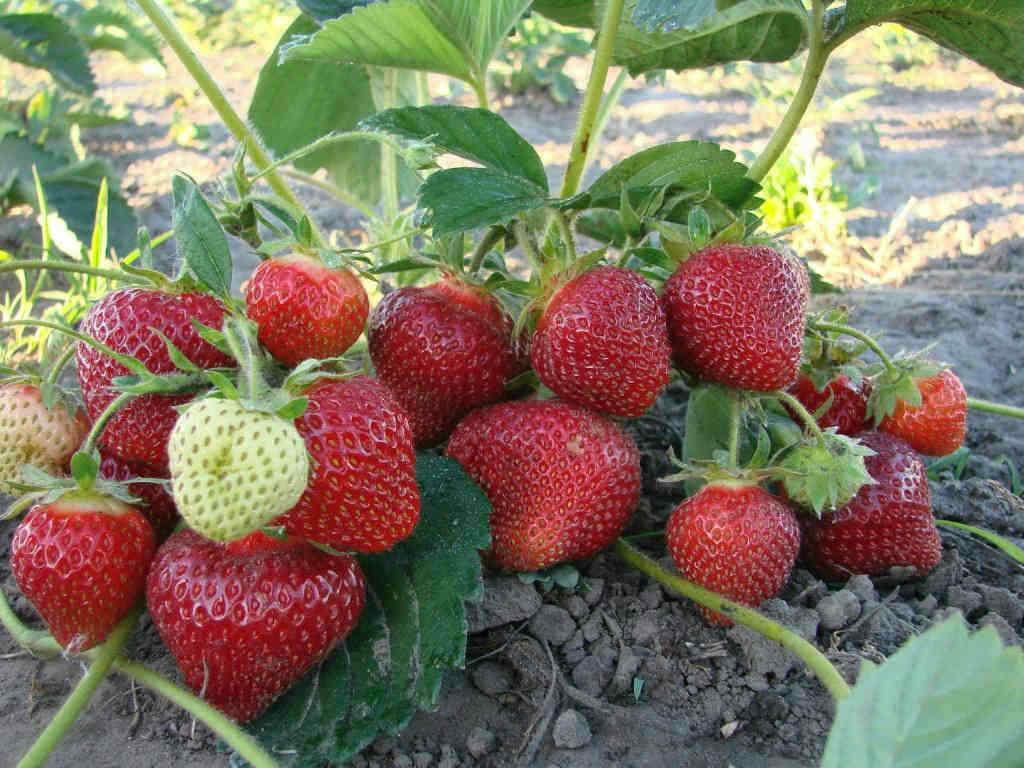
Advice! In order not to be disappointed as a result of planting, seeds must be purchased from flower shops, and not from random people.
How to properly grow strawberries from seeds
Having chosen the variety you like, they start planting. It should be borne in mind that it is impossible to collect seeds from berries purchased on the market or in a store, for the reason that if it turns out to be a hybrid, then the gardener will never wait for seedlings.
Sowing dates
In the northern regions, seeds are planted in March, in the southern regions, sowing can be done at the end of January or early February. The gardener regulates the planting individually, depending on the climatic region, as well as on the early maturity of the variety. It is impossible to be late with crops, since strawberries may not have time to take root on the site.
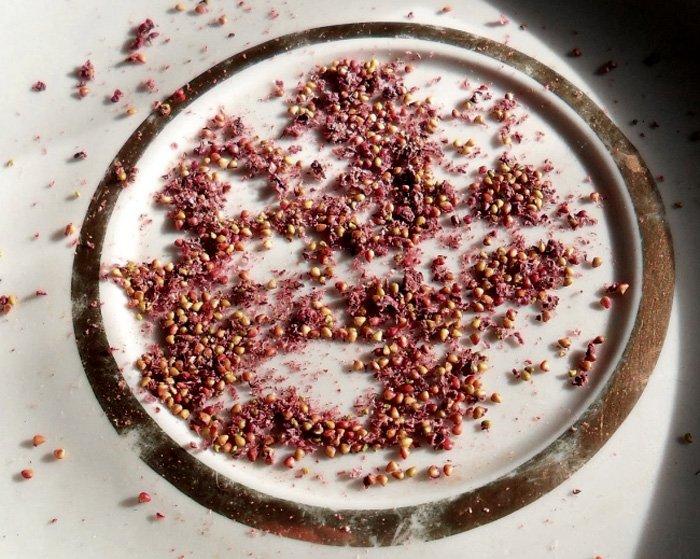
Choice of capacity
You can plant strawberry seeds in any container, the most popular of them are as follows:
- Plastic cassettes sold in garden centers. One seed is planted in each compartment. They already have holes for water drainage.
- Small wooden boxes.
- Cups made of plastic or paper. They are convenient for sowing, but when transporting them they are placed in large boxes.
- Peat pots. Seedlings can be planted without removing them. In the soil, they decompose, which serves as additional food for the strawberries.
- Various packaging from pies, cakes, cookies. It is necessary to make holes in them to drain excess water.
A gardener chooses a container depending on his capabilities. Whichever container is chosen, drainage holes must be made in it. Stagnant moisture is detrimental to the root system: it can be affected by the fungus.
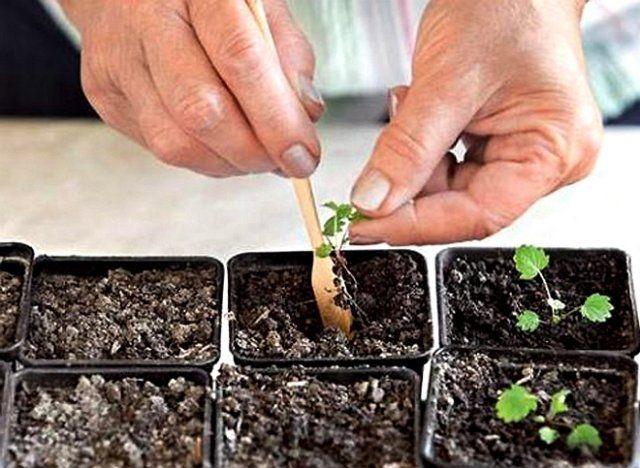
Soil preparation
The development of seedlings largely depends on the quality of the soil. If, for example, it contains fungal spores, the seedlings will undergo diseases. In poor-quality soil, seedlings will not be strong and friendly. For sowing seeds, you can take soil from the garden, but you need to add turf soil (2 parts), peat (1 part), sand (1 part) to it. All components are mixed, a little wood ash is added.
You can buy ready-made substrate at the flower shop. The good thing about the universal soil is that it contains all the nutrients the seeds need to grow.
Whichever substrate is chosen, it must be disinfected. There are several methods of the procedure: calcining in an oven at low temperature, freezing, processing it with biological preparations.
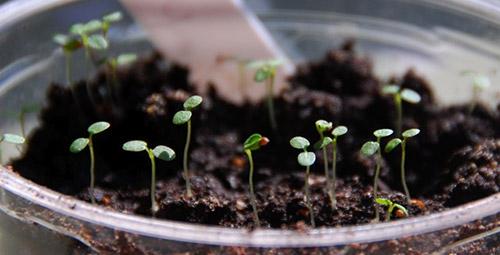
General rules for sowing seeds
Regardless of the choice of container for planting, you must adhere to the general rules of sowing:
- The seeds are preliminarily kept for 8-10 weeks at low temperatures (for example, in the refrigerator).
- Before sowing, the seeds are treated with antifungal drugs.
- The soil is pre-disinfected.
- The seed is planted to a depth of no more than 0.5 centimeters.
- Containers with seeds are placed in a warm room with an air temperature of 23-25 ° C.
It is better to choose seeds of hybrid varieties for sowing, since they are intended for seed sowing. If they are sown pre-germinated, this will shorten the germination time.

How to sow in a container
Instructions on how to plant seeds step by step:
- A container is selected, the optimal height of which is 10 centimeters.
- The container is treated with a solution of potassium permanganate or alcohol, after which it is well dried.
- If the container is made of cardboard or wood, a film is placed on the bottom, on which holes are made with a sharp object to drain the water. The film will prevent the bottom from getting wet and rotting.
- Drainage from expanded clay or small pebbles is laid in a small layer.
- The prepared substrate is poured on top.
- Tamp the soil, sprinkle with water from a spray bottle.
- Place the germinated seeds on top.
- Pour soil with a layer of 0.5 centimeters. If non-germinated seeds are planted, they are not covered. They only need to be pressed lightly into the ground.
- Cover the container with foil (sprouted seeds are not covered).
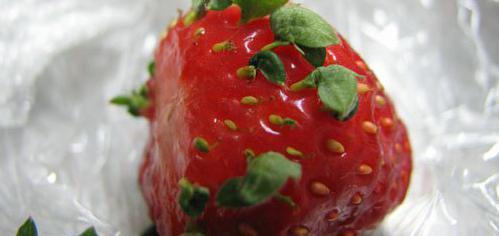
The container is placed in a warm place. It must be ventilated every day. The soil must be kept moist, but not wet. The instructions for planting seeds in a separate pot for beginners are similar. The only difference is that one seed fits into each glass. The sowing procedure is simple, it can be carried out even in an apartment, and in the spring, plant young seedlings in the country.
Sowing technique in peat tablets
Sowing is done as follows:
- the tablets are poured with warm, settled water;
- after swelling, excess moisture is squeezed out;
- a depression is made on top, a seed is placed in it, which is then slightly pressed;
- the tablets are placed in a shallow container, which is covered with a film;
- the container is placed on a light, warm windowsill.
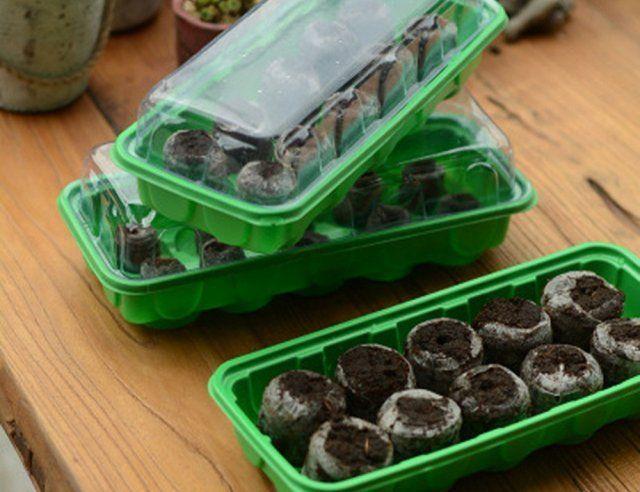
As in the previous case, the container is ventilated every day. As needed, the tablets are sprayed with water from a spray bottle. If the gardener sows seeds that have sprouted, then you should not cover the container with foil.
Seedling care and picking
Without daily inspection and care, the seedlings will not fully germinate and develop.
Temperature regime
In the early days, containers with crops are kept at a temperature of 25 ° C on a light windowsill. The film should not be removed, since delicate and small seedlings can be scorched by the sun. After germination, the temperature can be slightly reduced, but the lighting can be increased, otherwise the sprouts will stretch out.
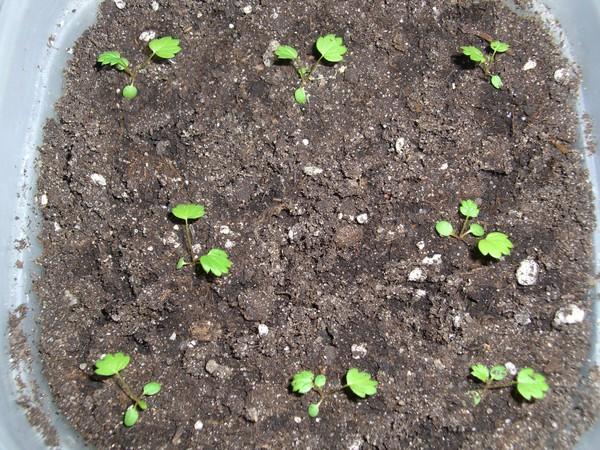
Watering
Seeds are watered carefully. If poured out of a bowl, they can sink into the ground. Therefore, it is necessary to moisten the ground only from a spray bottle with a fine spray. For grown seeds, you can use a medical syringe, from which young plants are sprayed at the very root. The water should be warm and settled.
Note! Even a single drying out of the soil is detrimental to seedlings.
Lighting
Lighting should be bright, but without direct sunlight on the delicate leaves. The midday sun can scorch the sprouts, so the seedling boxes are shaded during this period. If the windows are located on a poorly lit part of the room, then the seedlings must be supplemented with artificial lamps.
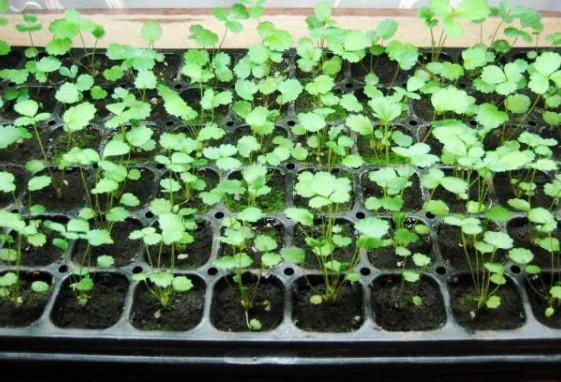
Protection against diseases and pests
Treating diseases is more difficult than preventing. For the prevention of fungal diseases, plants must provide the following conditions:
- seeds are treated with antifungal drugs before planting;
- waterlogging of seedlings is not allowed: watering is carried out after the top layer of the soil has dried;
- there must be a sufficient distance between young plants for ventilation.
For the prevention of diseases, biological and folk remedies are used, including the treatment of plants with solutions of potassium permanganate, iodine, boric acid. If fungal diseases are detected, strawberry bushes are sprayed with Fitosporin solution. Severely affected plants must be removed so that they do not infect the rest of the seedlings. When the bushes are damaged by pests, it is sprayed with insecticides.
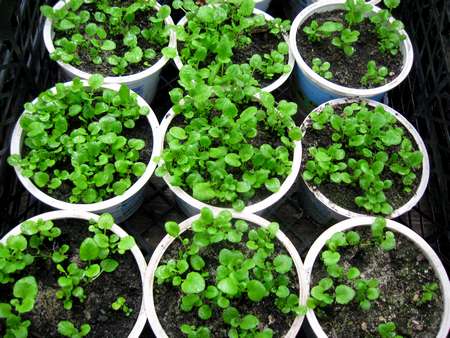
Picking
After the appearance of 2-3 true leaves, the seedlings must be transplanted into a more spacious container or into separate pots or cups. Plants planted separately will suffer less stress when they are planted in the ground, as they will retain their root system. Holes are made in the cups for draining water, soil is poured, seedlings are placed, watered.
When transplanting into boxes, the seedlings are taken with tweezers and planted with a lump of earth. The intertwined roots must be carefully separated. Plants are still very delicate, so picking is done very carefully. When 5-6 leaves appear on the bushes, they can be transplanted into open ground, provided that the threat of frost has disappeared.
Further care is no different from caring for seedling strawberries. Timely watering, loosening and fertilizing the soil, protecting plants from diseases and pests will provide the gardener with a bountiful harvest. When growing several varieties of strawberries with different ripening periods, you can feast on a delicious berry for a long time.
